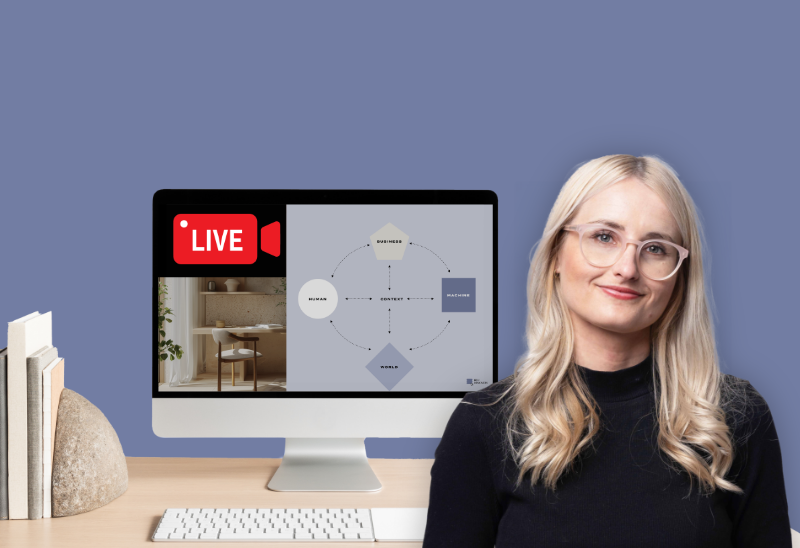My top 7 Tips to achieve more with less time
In every young creative’s life comes a point, when you have to choose whether you want to be part of a company as an employee or work independently as a freelancer. The value of time and how to spend this time, is a crucial thing in both worlds, but even more important when you are working on your own.
I was lucky enough to experience both worlds in my young career and had to struggle a lot with the concepts of time, efficiency and workload. The Pareto principle states that 80% of a task can be achieved in 20% of the time, but the last 20% may need up to 80% of the time. Finding out, when 80% is enough and when to go the last 20% to perfection is inevitable if you want to make the best out of the time you have.
In the following short article, I want to share some of my learnings with you, which hopefully help you being more productive throughout the day.
1. Set your goal
Everything starts with setting a goal and knowing why and when!
This goal is your compass that leads you through the bumpy road of life with daily challenges and tasks. It helps you not to lose track. This goal should be as specific as possible and if you have no specific goal — a direction is fine, too.
Maybe even more important is the why. It’s the energy or the fuel you have to follow the direction your compass shows you. The stronger your “why”, so is your reason to achieve this goal, the easier it will be for you to deal with challenges and problems.
Last but not least: When. It’s also very helpful to set a deadline, to know until when you want to have achieved that goal. It helps you to know when to rest and when to work harder.
2. Knowledge is key
Look for the right input — the most important question is: What resources do you need? And then decide how well-founded these must be. Sometimes you find some short-cuts.
I really love to read books but sometimes it is even better to not read a full book but listen to the short summary of it at “Blinkist”. This can save you a lot of time.
You can also use your gap time on your way to work, during sport, tidying up or in the car with listening to podcasts or audiobook related to your goals or project, so you don’t waste time scrolling through Instagram etc.
3. Build a strategy — weekly, monthly tasks
A big goal can sometimes be pretty intimidating. What helps is to think carefully with what small tasks you get there. Imagine that like a staircase. To get to the top you have to take one level at a time.
Which task want to bring you closer to your goal. How can you break down your goal?
Plan the time you have to reach your destination with little Milestones.
4. Timing
In the unit of a day our cognitive abilities do not stay the same throughout the day. Start with analyzing what kind of task you are doing. Is it an analytical task? What do you want to do?
Mornings between breakfast and lunch most people including me are most productive. At this time, they have the peak of the day. You are particularly good at analytical tasks, where you need intense focus.
During the low point, usually around lunch is not a good time for any work, it is ideal for routine work that requires little brain power. The recovery period between late afternoon until early evening is the perfect time for creative work, brainstorming sessions. Things that require some looseness.
5. Ask for help
Asking others for help can speed up the whole process. If you know someone who is an expert in a certain area you need to know more about or someone who had a similar goal as you but has already achieved it — Don’t be afraid to ask for advice. Sometimes those people can give you very specific tips and tricks or connect you with other people who might be able to help you.
This can be someone like a mentor and who is going to support you in the long-term or even a single helpful conversation.
6. Sum up/sort all the to do’s
One strategy which really helped me is to sort all of my to do’s.
So, to organize your to do’s helps your mind to focus on what is important and not suddenly remembering “I have to pay that bill” during an important work session.
I write all my to do’s on post-it’s with the call to action and the deadline.
After that I sort them by category. For example:
– “Home” electricity bills, things to do at home e.g.
– “Social” buying presents, invite friends, everything social related
– “Project x” project related considering a certain topic or project
– “Adobe creative residency”, all tasks related to adobe like preparing a talk or publishing work etc.
– ….
You can start as many categories as you want, just make sure that it keeps organized. And if you have time, check your board and work on one task at a time.
7. Lessons learned
After a project, a milestone or any completed task, it helps a lot to set up a short lessons-learned session for yourself.
I’ve always done this after completing a project during my freelance work. Or even after my first live stream with Adobe last year.
What went well?
What would I do differently next time?
Getting feedback from the outside, including the people you’ve worked with is super valuable. That’s not always easy to ask for but incredibly helpful.
Not making the same mistakes again and trying to improve is the best thing you can do, because the only real mistake you can do is not learning from them.
So being busy doesn’t mean anything, it’s just important what you accomplish and with the right tools and tricks you are able to achieve your goals more easily. Step by step.



